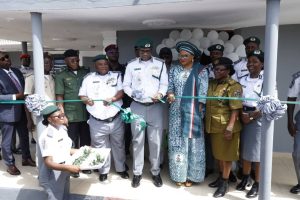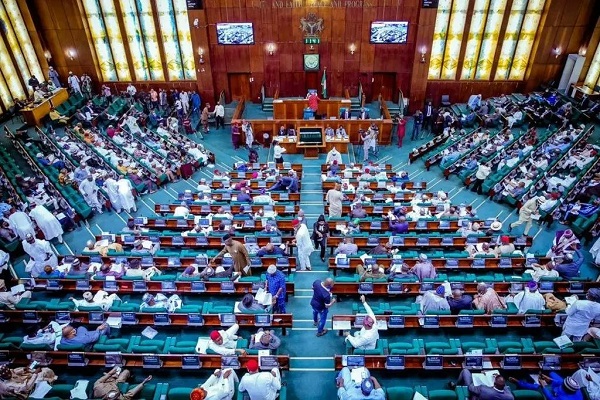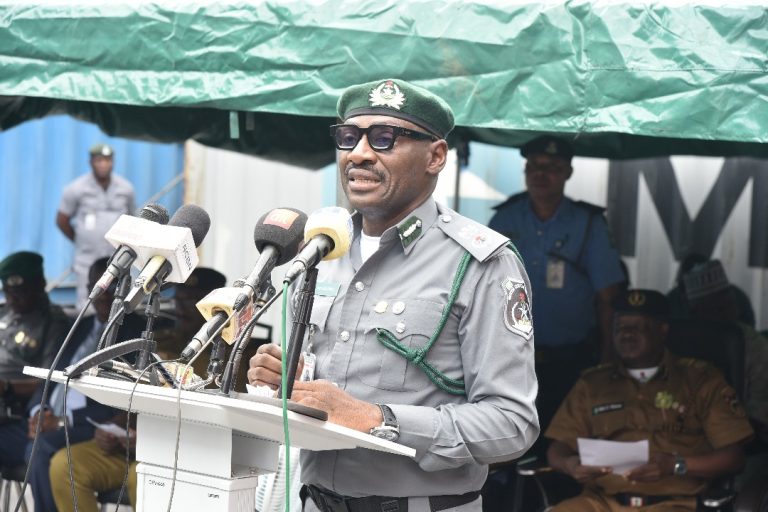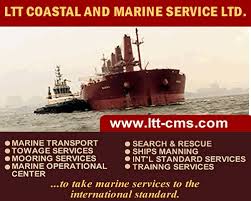- As Explosion in Syria near Turkey border kills at least 29
The death toll in Haiti as a result of Hurricane Matthew – the most powerful Caribbean storm in a decade – has soared to more than 300, officials say.
Some 50 people were reported killed in the town of Roche-a-Bateau alone.
The nearby city of Jeremie saw 80% of its buildings levelled. In Sud province 30,000 homes were destroyed.
The hurricane has again been upgraded to a Category Four storm, the second highest hurricane classification, as it heads for the US state of Florida.
At 23:00 Thursday local time (03:00 GMT Friday) the hurricane was still off the Florida coast, centred about 37 miles (60km) east of West Palm Beach and was moving north-west at about 20km/h, the National Hurricane Center said.
Senator Herve Fourcand from southern Haiti told AFP news agency that more than 300 people had died. An unnamed official quoted by Reuters news agency put the death toll at 339.
Hurricane Matthew – the most powerful Caribbean storm in nearly a decade – has pounded the Bahamas after slicing through Haiti and Cuba.
Trees and power lines were reportedly down in the Bahamas but no fatalities were reported.
Most of the deaths in Haiti were in towns and fishing villages around the southern coast, with many killed by falling trees, flying debris and swollen rivers.
Media captionBBC Weather’s John Hammond shows the path the storm is expected to follow
The storm passed directly through the Tiburon peninsula, driving the sea inland and flattening homes with winds of up to 230km/h (145mph) and torrential rain on Monday and Tuesday.
The collapse of an important bridge on Tuesday had left the south-west largely cut off.
Non-governmental organisations said phone coverage and electricity were down and people were running out of food and water.
The BBC’s Tony Brown in south-western Haiti said he had seen people trying to cope with the mass destruction on their own, trying to rebuild from the rubble but without the help of the army or police.
Les Cayes resident Jean Joseph described the scene in his town – one of the worst-hit – as “complete devastation”.
“What’s going on right now is a lot of people are walking around,” he told the BBC.
“They have no home. A lot of them – they’re just walking around. I don’t know what they’re going to do.”
Across the country, there were some 350,000 in need of assistance, according to the UN Office for the Co-ordination of Humanitarian Affairs.
A spokesperson for the American Red Cross, Suzy DeFrancis, said the first priority was to get phone networks across the country back up and running.
“We will bring in technology to help do that,” she said.
In the meantime, an explosion in a village in northwestern Syria near the border with Turkey killed at least 29 people on Thursday, including several Turkey-backed opposition fighters, Syrian activists said. The attack was quickly claimed by the Islamic State group.
The deadly bombing underscored the complex layers of the Syrian conflict, where a civil war between Syrian President Bashar Assad’s forces and the rebels trying to oust him is taking place alongside a militant insurgency and an international war against the Islamic State group.
Meanwhile, activists in the northern city of Aleppo said it was calmer on Thursday after Syria’s military command announced the night before it would scale back bombardment of the contested city to allow civilians to leave besieged rebel-held neighborhoods.
“There were shellings and air raids, but it was less than in previous days,” said activist Bahaa al-Halaby, speaking from Aleppo province near the city.
The Britain-based Syrian Observatory for Human Rights said that although airstrikes have almost stopped on the besieged eastern rebel-held neighbohroods of the city, government forces were pushing ahead in their ground offensive. The Observatory and state media said government forces advanced in Aleppo’s northern neighborhood of Bustan al-Basha where troops captured a sports complex and a nearby housing compound.
Meanwhile, Assad denied reports that his government is targeting hospitals and civilian infrastructure. Syrian opposition activists and international relief agencies have said Syrian and Russian warplanes have been hitting hospitals and infrastructure in Aleppo, which has been the epicenter of the Syrian civil war in recent months.
Assad told Denmark’s TV2 station that “to say that this is our aim as a government, (that) we give the orders to destroy hospitals or schools or to kill civilians, this is against our interest.”
Still, Assad said mistakes are sometimes committed by individuals in any war. Excerpts from the interview were released by Assad’s office on Thursday while a full version is to be aired later.
Assad also said that, had his government been “committing all these atrocities,” he could not have remained president.
In the explosion in the village of Atmeh at the Turkish border, activists said the blast occurred as opposition fighters gathered near a small restaurant in the area. It also happened during an exchange of forces going to Syria and some planning to return to Turkey, according to Rami Abdurrahman of the Britain-based Syrian Observatory for Human Rights.
The Observatory said the blast in Atmeh was caused by a suicide bomber wearing an explosive belt. The activist group, which tracks the conflict through a network of activists on the ground, said tat along with 29 killed, many others were wounded in the explosion.
Another group, the Local Coordination Committees, said the blast was caused by a bag filled with explosives that went off on the Syrian side of a border crossing, killing 35 people including two senior judicial officials from the opposition.
The Observatory said the dead were Turkish-backed opposition fighters who have been fighting along with Turkish groups against the Islamic State group since August.
An amateur video posted online shows about 18 dead men lying on the floor outside what appears to be a clinic. Some of the men are in military uniforms. The video appears genuine and corresponds to other AP reporting of events depicted.
In the Islamic State group’s claim, the IS-linked Aamaq news agency said a suicide car bomber struck a convoy of rebels on the Syrian side of a border crossing point in Atmeh.
Turkish Deputy Prime Minister Numan Kurtulmus described the blast as an “inhuman attack,” adding that “those who perpetrated this committed a crime against humanity.”
Turkish state-run Anadolu Agency said the attack occurred during a “change of guard” by the Turkish-backed forces at a refugee settlement.
Turkey sent tanks into Syria on Aug. 24 as part of the so-called Euphrates Shield operation aimed at ousting Islamic State fighters and halting an advance by Syrian Kurdish forces, which Ankara sees as allies of Turkey’s own outlawed Kurdish militia that has been waging a 30-year insurgency inside Turkey.
In mid August, IS claimed responsibility for a suicide bombing that struck a bus transporting rebels through the Atmeh border crossing between Syria’s opposition-held Idlib province and Turkey, killing more than 30 fighters.
The Atmeh border post is one of several crossings Syrian rebels use to bring in fighters and supplies.
BBC with additional report from MSN


















